Synopsis
Timothy Walker explores how Darwin's Theory of Evolution influenced 19th century botanists' understanding of how and why plants evolved into different groups.
- Programme: Botany: A Blooming History
- Episode: A Confusion of Names
- Channel: BBC Four
- Broadcast year: 2011
- Biology | Reproduction, genetics and evolution | Classification and biodiversity | Classification
Licence: ERA Licence required
UK only
Staff and students of licensed education establishments only
Cannot be adapted
Add Notes
More clips from Botany: A Blooming History

1: A Confusion of Names | Botany: A Blooming History
1: A Confusion of Names | Botany: A Blooming History
Timothy Walker reveals how the work of Carl Linnaeus, Phillip Miller and John Ray unlocked the mysteries of the plant ki...
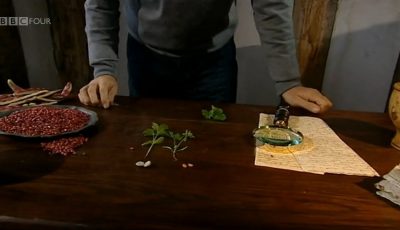
The first classification of plants | Botany: A Blooming History
The first classification of plants | Botany: A Blooming History
Timothy Walker explores the beginnings of the classification of plants.
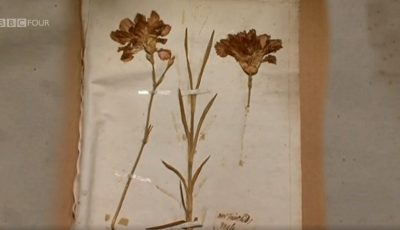
The first hybrid plant | Botany: A Blooming History
The first hybrid plant | Botany: A Blooming History
Thomas Fairchild was the first to artificially cross two plant species and produce a new hybrid plant. This brought him i...

The standardisation of names | Botany: A Blooming History
The standardisation of names | Botany: A Blooming History
Timothy Walker looks at how Carl Linnaeus came up with his new naming system for plant species, and how it set the ...
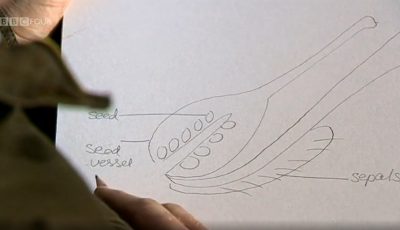
Variation and defining species | Botany: A Blooming History
Variation and defining species | Botany: A Blooming History
Timothy Walker looks at John Ray's discovery of variation, and how it formed the basis of our understanding of pl...
More resources about Variation and evolution
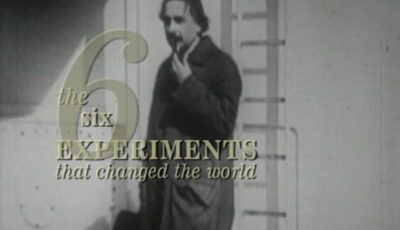
3: Mendel and the Pea | The Six Experiments That Changed The World
3: Mendel and the Pea | The Six Experiments That Changed The World
From Galileo to Einstein, from Faraday to Mendel: modern scientists try to recreate the seminal experiment...

1: A Confusion of Names | Botany: A Blooming History
1: A Confusion of Names | Botany: A Blooming History
Timothy Walker reveals how the work of Carl Linnaeus, Phillip Miller and John Ray unlocked the mysteries of the plant ki...

1: The First of Us | Human
1: The First of Us | Human
The extraordinary story of how the human species, Homo sapiens, first emerged, where the discoveries of recent years are revolutionising the under...
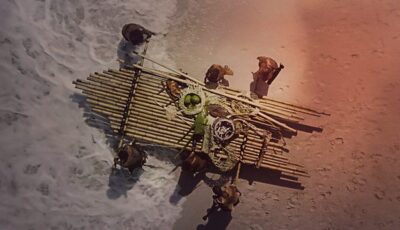
2: Into the Unknown | Human
2: Into the Unknown | Human
Following early Homo sapiens's ancestors as they step out of Africa and venture into the wider world, heading into areas inhabited by other human...

3: Hidden World | Botany: A Blooming History
3: Hidden World | Botany: A Blooming History
Timothy Walker looks at how pioneer botanists unlocked the patterns found in different types of plants and opened the door to a ...

3: Last Humans Standing | Human
3: Last Humans Standing | Human
Shocking new insights into the demise of modern humans' sister species, the Neanderthals, Homo sapiens's possible role in their downfall and ...

4: Discovering the Americas | Human
4: Discovering the Americas | Human
During the height of the Ice Age, one of the coldest times humanity has ever known, Homo sapiens steps into the last habitable continents...
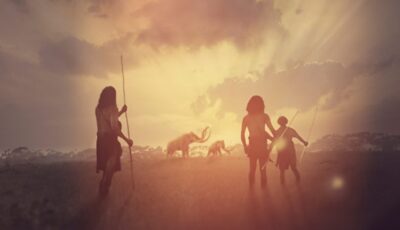
5: A Great Gamble | Human
5: A Great Gamble | Human
Around 12,000 years ago, as the Ice Age finally thawed, humanity made a dramatic shift - abandoning nomadic life for permanent settlements.
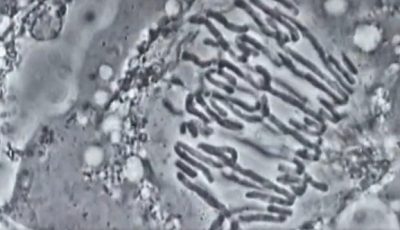
Chimps and us | The Gene Code
Chimps and us | The Gene Code
It seems tiny changes within the gene six million years ago mutated the hotspots on our ancestors' chromosomes and began driving two species ou...
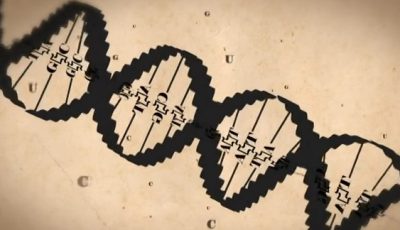
Dizzying leaps | The Gene Code
Dizzying leaps | The Gene Code
How did evolution take us from single cells to complex creatures?
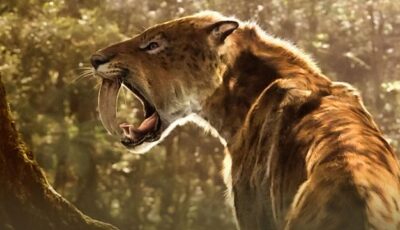
Land of Giants | Walking with Beasts
Land of Giants | Walking with Beasts
25 million years ago in the Oligocene Epoch lived the Indricotheres. Weighing 15 tonnes and standing 7 metres tall, they were the larges...

Mammoth Journey | Walking with Beasts
Mammoth Journey | Walking with Beasts
Last in the series follows a herd of mammoths as they make their way south for winter, running a gauntlet of ice-age hunters including ...

New Dawn | Walking with Beasts
New Dawn | Walking with Beasts
The series following on from Walking with Dinosaurs. begins 49 million years ago. The world is heavily forested and birds rule the planet, pre...

Next of Kin | Walking with Beasts
Next of Kin | Walking with Beasts
We travel back 3 million years to Ethiopia, where Australopithecus, one of the first upright apes, lived in danger of being hunted by sabre...

Sabre Tooth | Walking with Beasts
Sabre Tooth | Walking with Beasts
This episode follows the progress of a Smilodon called Half Tooth. Smilodon was the largest of all the sabre tooth cats which roamed South ...

Selective breeding and the 'Green Revolution' | Botany: A Blooming History
Selective breeding and the 'Green Revolution' | Botany: A Blooming History
Norman Borlaug used selective breeding techniques to improve wheat production in Mexico. He produc...

The Beasts Within | Walking with Beasts
The Beasts Within | Walking with Beasts
A look behind the scenes at the making of the series on prehistoric mammals. TV special effects show how Man's dextrous hands & expre...

The first classification of plants | Botany: A Blooming History
The first classification of plants | Botany: A Blooming History
Timothy Walker explores the beginnings of the classification of plants.

The first hybrid plant | Botany: A Blooming History
The first hybrid plant | Botany: A Blooming History
Thomas Fairchild was the first to artificially cross two plant species and produce a new hybrid plant. This brought him i...

The standardisation of names | Botany: A Blooming History
The standardisation of names | Botany: A Blooming History
Timothy Walker looks at how Carl Linnaeus came up with his new naming system for plant species, and how it set the ...
